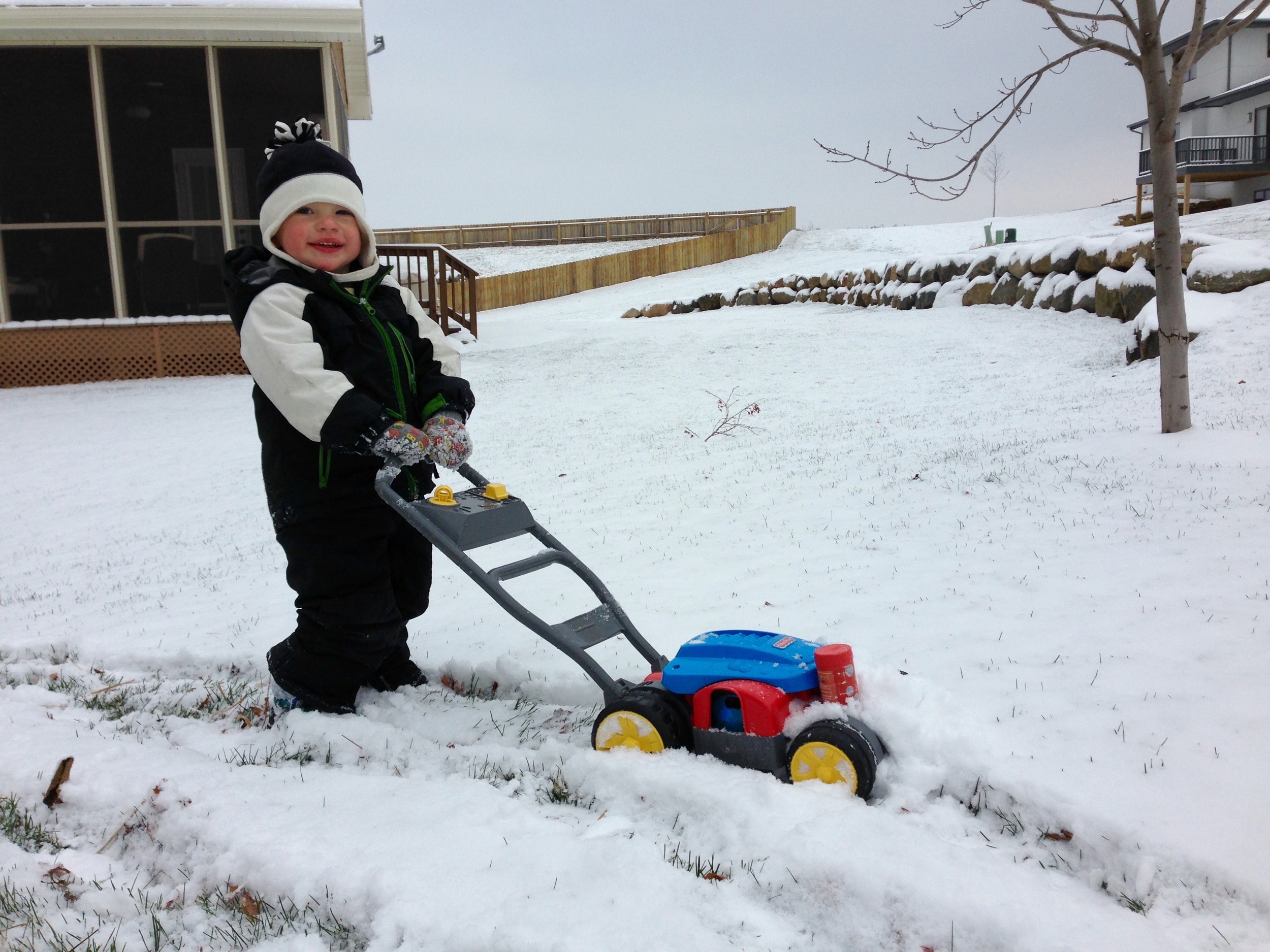Well, I'm going to compete in a Crossfit competition in one week! God help me!
My coaches and teammates (PFD Crossfit - check 'em out!) have been incredibly supportive. In theory, I was a college athlete: I ran track at tiny Ripon College, who's biggest claim to fame is the fact that Han Solo went there. One of the other noteworthy thing about Ripon was that it was the location of the Rippin' Good Cookie factory. Oftentimes long distance runners on the team would run to said factory and bring back a bag full of cookies for the team to snack on after track practice.
So, needless to say, I never developed the best pre-competition dietary rituals so I'm learning as I go. My coach Chris gave me a Word document full concepts like macronutrients and glycogen storage process. I've read through this a few times and I thought I'd share the main points with you here.
Water is the a critical factor in the glycogen storage process. The body needs water in order to store glycogen in the muscles and the liver.
Digestion is king. You want to look to foods that are EASILY digested by the body. Digestion takes a lot of energy, and the last thing you want to do when you’re staring a competition in the face is thwart valuable energy to a bodily process like digestion.
For example, rather than a whole banana or whole yam, use baby food variations of these items in the pre comp/intra comp protocols. Every piece of food that’s consumed first think about how easily it can be digested then transported effectively.
Or you could do this . . .
Get lots of sleep. The week before the competition start getting 45 minutes more sleep than normal.
Yeah, that's easier said than done...

























